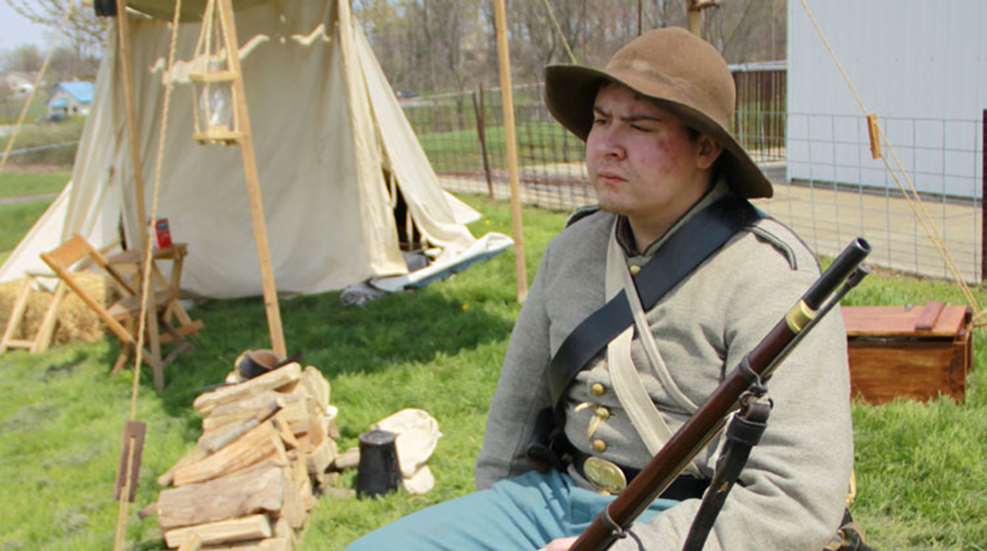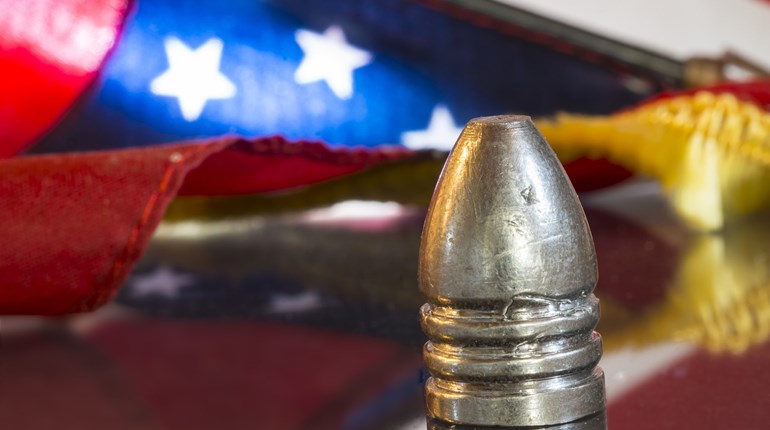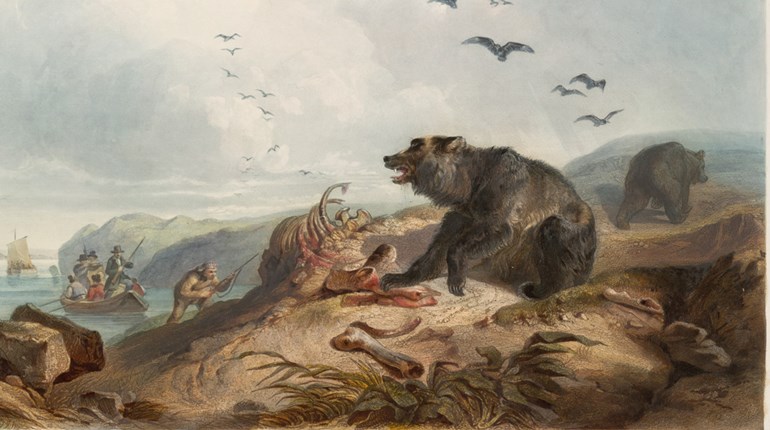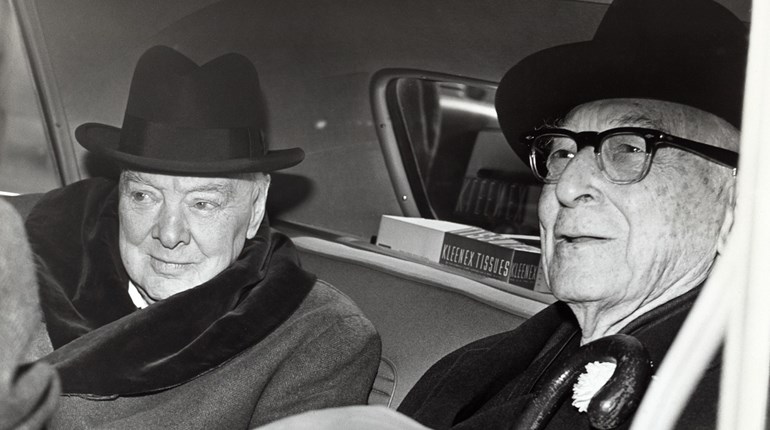
The Civil War (1861-1865) was such an iconic turning point in American history that books are still being written about it and movies made yet today. Looking back, it is surprising the conflict lasted as long as it did—four bloody years—as the Confederates were not only outnumbered but also outgunned.
When the war began, it is estimated that only about 150,000 serviceable long guns existed across the entire South. Some 20,000 were rifles and the remainder smoothbore muskets. Both types of guns were muzzleloaders, some so old they had been converted from flintlock ignition systems to percussion cap.
During the first year of the war, the firearm most widely used by Confederate troops was the .69-caliber smoothbore musket. Loaded with either a single lead ball or “buck and ball”—three buckshot behind a standard-sized round bullet—the gun was a devastating weapon at close range. But beyond 100 yards enemy soldiers were relatively safe. Once Yankees determined that Rebels were armed only with this type of gun, they would regularly lean out from behind cover and taunt their enemy combatants.
Another gun used early in the war by Confederates was the .54-caliber Mississippi rifle. It was a popular firearm because of its extended range and accuracy compared to the smoothbore musket. So popular, in fact, that when volunteers arriving in Richmond, Virginia (the Confederate capital) from the Deep South were issued muskets instead of Mississippi rifles, they mutinied.
After 1862, the second year of the war, long guns carried by Confederate infantrymen varied little from those used by Federal troops. By then, the Rebels had obtained similar rifles by either purchasing them from Europe or by “borrowing” them from Union soldiers found dead on the battlefield.
The most common types of weapons on both sides of the battle lines by mid-war were the .577-caliber Enfield rifle musket (English-made) and the .58-caliber Springfield rifle (American-made). Both rifles were muzzleloaders, but veteran soldiers were still expected to load and fire three rounds per minute during the heat of battle.
As for Southern cavalry, they carried a shorter version of the Enfield rifle and/or a short double-barreled shotgun, loaded with buckshot. In addition, at least one if not two single-action, six-shot revolvers (usually Colts) were tucked into their belt, and a saber hung from their side.
The bullet fired from most rifles was the Minie ball, named for its developer, Captain C. E. Minie of France. Ironically, the Minie ball was not a ball at all. Rather, it was a conical-shaped projectile with a hollow base. Upon being fired, the rear of the lead bullet expanded into the inner grooves of a rifle barrel, not only increasing the bullet’s velocity but also increasing its range and accuracy. In short, the Minie-type bullet was the Grim Reaper of Civil War rifle ammunition, accounting for tens of thousands of deaths and woundings on both sides of the battlefield.
To load his muzzleloader, a Civil War soldier used a paper cartridge containing a bullet and a pre-measured amount of gunpowder. Biting off the end of the paper cartridge with his teeth, he poured the gunpowder down the gun barrel, quickly tamped the bullet in place with his ramrod, and was ready for the next Yankee.
Bayonets were seldom affixed to Civil War muzzleloaders, as they got in the way of loading. Instead, when the fighting became hand-to-hand and there was no time to reload, soldiers simply grabbed the muzzle of their rifles and swung them as clubs, as depicted in many Civil War paintings.
The typical Confederate soldier carried his ammunition in a cartridge box. Made of leather or metal and large enough to hold at least 40 paper cartridges, the rectangular box was supposed to be worn on a soldier’s belt. But the boxes were often so cumbersome that many men simply carried cartridges in their pockets and threw away the boxes, reporting them to their superior officers as “lost.” Percussion caps were carried in a smaller, square-shaped pouch, also worn attached to the belt.
The Civil War cost more American lives than all the other wars the United States has ever fought, combined. More than 600,000 soldiers died, along with an undetermined number of civilians. The war pitted brother against brother—both literally and figuratively—and when it was finally over a long period of national mourning, healing and reconstruction took place that some say is still in progress yet today.
What we know for sure is that the Union was preserved and, as a result, America has since grown to become one of the world’s superpowers. And American riflemen, then and now, played a large part in making that happen.
If you’d like to read more about the Confederate Civil War soldier, pick up a copy of Bell Irvin Wiley’s book, The Life of Johnny Reb: The Common Soldier of the Confederacy. First published in 1943, the book has been reprinted at least three times and is considered a Civil War classic.






































